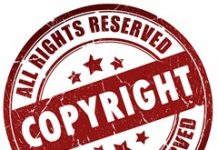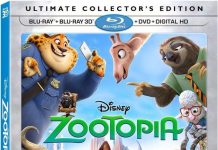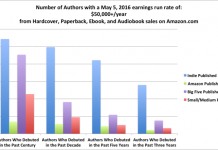
David Renard, Senior Analyst and Partner, mediaIDEAS Moderator:
John Loughlin, Executive VP & General Manager, Hearst Magazines: publishing industry today is chaotic. The magazine business today is the most exciting and energizing place in media. This is because they have the benefit of a very strong traditional business that underpins the entry into the digital world.
Hearst is bullish on print. Have 300 editions in 60 countries. There is a strong horizon for print and the fact that these are brands allows them to transform them into a lot of other platforms. Print business is s slower growing business and so is challenging in an age where need investment in the future. It is actually a stable business, ad revenue has been constant over 10 years, but is not increasing quickly. Circulation is relatively flat, but it is not declining, is a stable platform.
Digital content, consumption devices and digital storefront were the three big things that tipped print and music. The magazine industry is getting there now.
To prepare for the future its all about aggressive and thoughtful experimentation. For example, didn’t think that eink is a gook experience for magazines and decided not to go with the Kindle format. However tablets are and are going for that market. Try to do as much as possible in-house. Doing lots of research into consumer reaction to what they are producing. With the proliferation of devices and the feedback loops they create have an enormous amount of data about consumers’ transactions and interactions. It is a real problem to manage the sheer volume of data that is being generated. The next significant development in big data is to develop data management platforms. Are building an integrated database integrating their online and offline databases. Most recently bought a data management platform company to figure out how to manage all the data and find out what they should be looking at.
One of their big pushes is ecommerce. Over the last 2 years have engaged in at least 30 experiments of all sorts. Looks a lot easier to do than it really is. One thing found out is to get any traction it is necessary to have a very large audience and a very large set of products. Very early yet. Amazon is their partner in this experiment. It is possible that they might take the inventory themselves, but it too early to say. Absolutely see a high propensity of consumers to come to Hearst to see what their editors think about their products. Good Housekeeping is an example of this. It provides the ratings and then give consumer the opportunity to complete the impusle. This is where a lot of their activity is focusing in the tablet space.
Within the tablet space discoverability is the holy grail in the near term. Doing lots of experimenting but haven’t found a silver bullet. Out of 22 million uniques on their website 12 million coming from mobile devices. For mobile customers the opt-in rate for emailcontact etc. is 65%
In tablet space pursued a paid model and all the metrics are good. It seems that readers actually like the ads in the tablet platform, but this might not be the case with every platform. In 2 to 3 years big data will allow us to attach a consumer engagement metric with a brand. And when that happens will then have the ability to do predictive advertising. Believe that ultimately will be able to measure consumer activity on other sites that originated from a click on a Hearst site. Are trying to do this now.
All of their titles are available in replica format (pdf). Have about 600K paid monthly purchases of titles and are about 50/50 between replica and enhances version. Those reading replica applications and enhanced applications rate their products about the same quality. Done a lot of research, surveys and labs, and message is clear that consumers are not overly impressed by bells and whistles. They see it as distracting. People who are dogmatic that a magazine has to be replica or enhanced are missing half the market.
Out of 488 publishers 88% are charging for their digital content. Hearst’s experience has been very good. They are not locked into an ideology and if the market shifts they will pivot. Thinks that the huge investment required to be in the web should result in a revenue stream. Relatively little overlap in customers between print and digital. One is not stealing from the other. This is an opportunity to grow the total audience and extract revenue.

































